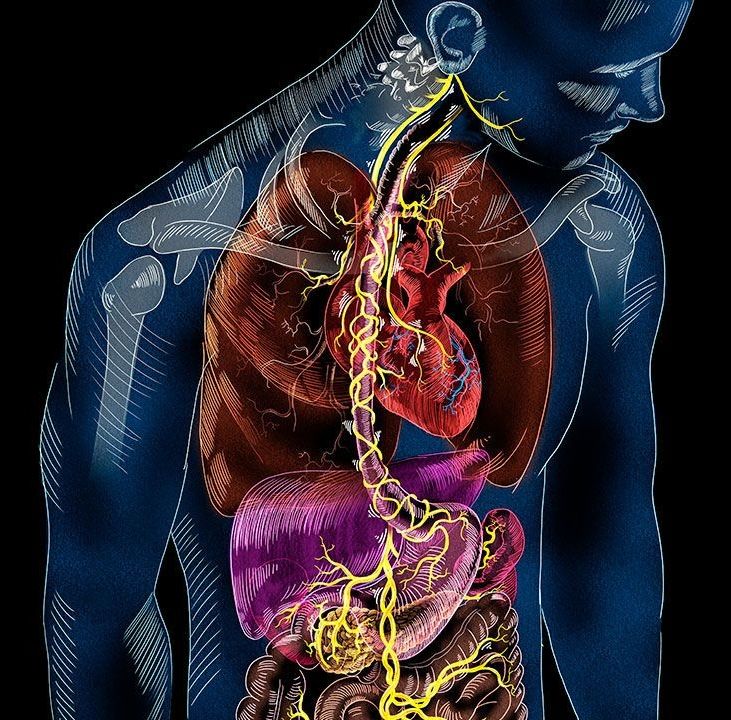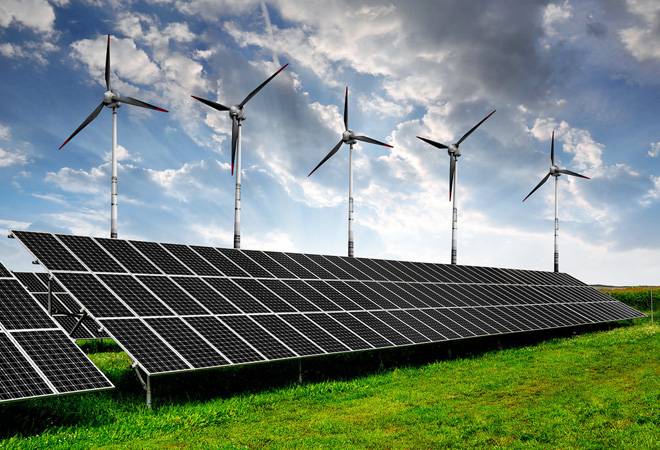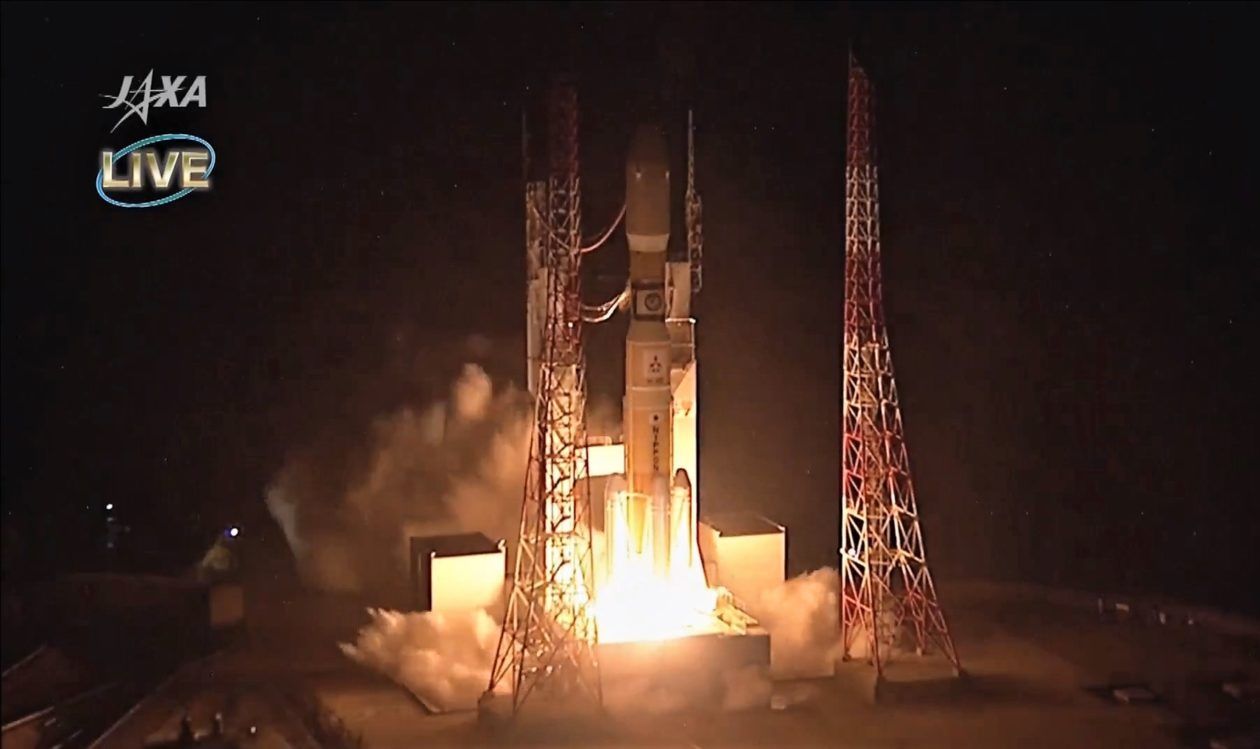Human skeletal stem cells have been found for the first time.
In addition, they sound way better. Inside the completely wireless earbuds, there’s an 8mm custom dynamic driver that blows other headphones’ sound quality out of the water, and as for battery life, you’ll get three hours of it from these buds on a single charge, and the sleek carrying case holds an extra six charges on top of that.
The Axum Gear True Wireless Earbuds usually retail for $299.99. Great headphones don’t come cheap. For a limited time, though, we’ve found them on sale for an insane $149.99. That’s right: they’re exactly the same price as the AirPods right now. It’s clear who the winner is.
Inverse may receive a portion of sales from the post above, which was created independently from Inverse’s editorial and advertising team.
Technology advancements and cost reductions have driven wind power down to 2 cents per kwh. This is from the annual report released by the U.S. Department of Energy and prepared by Lawrence Berkeley National Laboratory (Berkeley Lab).
Scientists discovered a strange movement deep below the Earth’s surface near California’s biggest fault lines.
Geoscientists who analyzed thousands of small earthquakes that occurred near the San Bernardino basin near California’s San Andreas and San Jacinto faults discovered a strange and unexpected type of movement 10 km below the Earth’s surface.
Researchers think that the movement, known as “deep creep,” could be behind the unusual earthquake formations recorded in the region over the past 36 years.
News Brief: The Japan Aerospace Exploration Agency today launched a robotic cargo ship to the International Space Station, filled with more than five tons of supplies, equipment and experiments. Liftoff of Japan’s H-IIB rocket from the Tanegashima Space Center came at 2:52 a.m. JST Sept. 23 (10:52 a.m. PT Sept. 22). Minutes later, the HTV-7 cargo carrier (also known as Kounotori-7) separated from the rocket, heading for a Thursday rendezvous with the space station. Among the cylindrical craft’s payloads are new hardware to upgrade the station’s electrical power system, an experiment to study protein crystal growth at low temperatures, a life-sciences glovebox and an experimental sample return capsule.
Only time will tell what new forms life will take.
Joyce seeks to understand life by trying to generate simple living systems in the lab. In doing so, he and other synthetic biologists bring new kinds of life into being. Every attempt to synthesize novel life forms points to the fact that there are still more, perhaps infinite, possibilities for how life could be. Synthetic biologists could change the way life evolves, or its capacity to evolve at all. Their work raises new questions about a definition of life based on evolution. How to categorize life that is redesigned, the product of a break in the chain of evolutionary descent?
An origin story for synthetic biology goes like this: in 1997, Drew Endy, one of the founders of synthetic biology and now a professor of bioengineering at Stanford University in California, was trying to create a computational model of the simplest life form he could find: the bacteriophage T7, a virus that infects E coli bacteria. A crystalline head atop spindly legs, it looks like a landing capsule touching down on the Moon as it grabs onto its bacterial host. The bacteriophage is so simple that by some definitions it is not even alive. (Like all viruses, it depends on the molecular machinery of its host cell to replicate.) Bacteriophage T7 has only 56 genes, and Endy thought it might be possible to create a model that accounted for every part of the phage and how those parts worked together: a perfect representation that would predict how the phage would change if any one of its genes were moved or deleted.
Endy built a series of bacteriophage T7 mutants, systematically knocking out genes or scrambling their location in the tiny T7 genome. But the mutant phages conformed to the model only some of the time. A change that should have caused them to weaken would instead have their progeny bursting open E coli cells twice as fast as before. It wasn’t working. Eventually, Endy had a realization: “If we want to model the natural world, we have to rewrite [the natural world] to be modellable.” Instead of trying to make a better map, change the territory. Thus was born the field of synthetic biology. Borrowing techniques from software engineering, Endy began to “refactor” bacteriophage T7’s genome. He made bacteriophage T7.1, a life form designed for ease of interpretation to the human mind.









